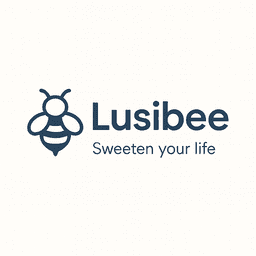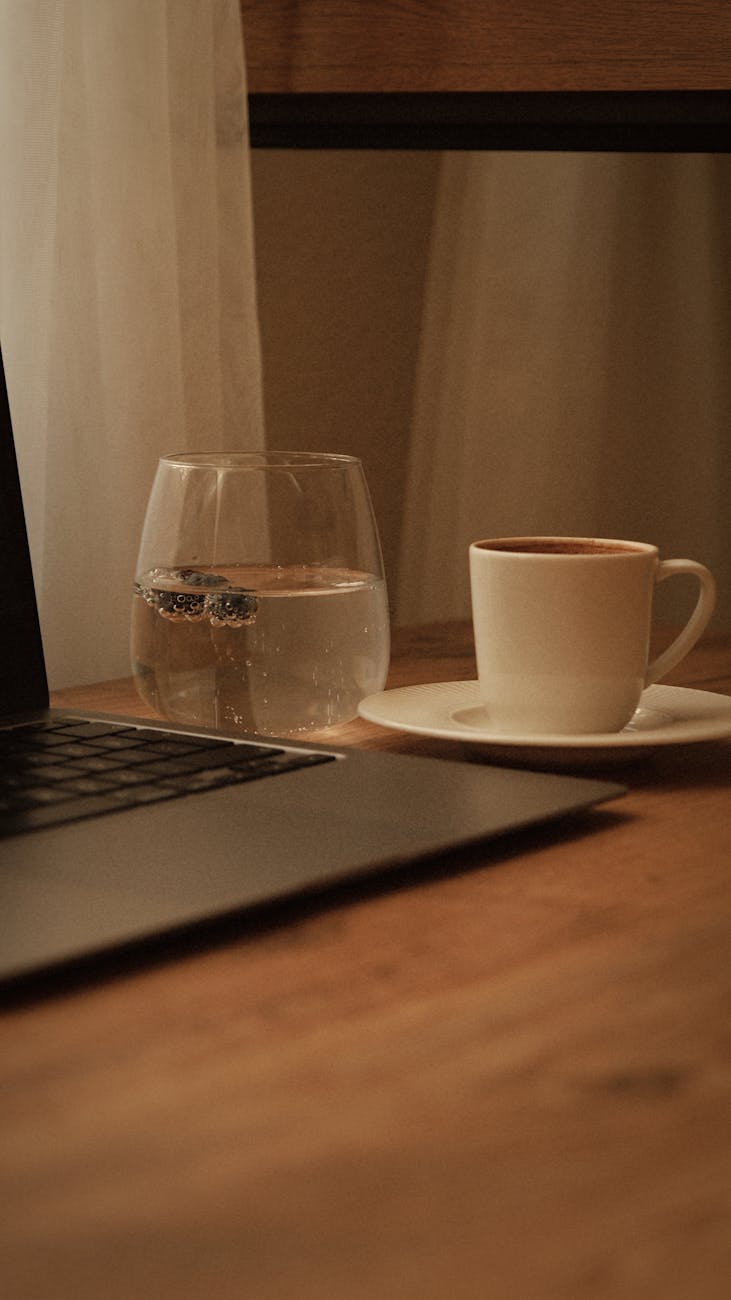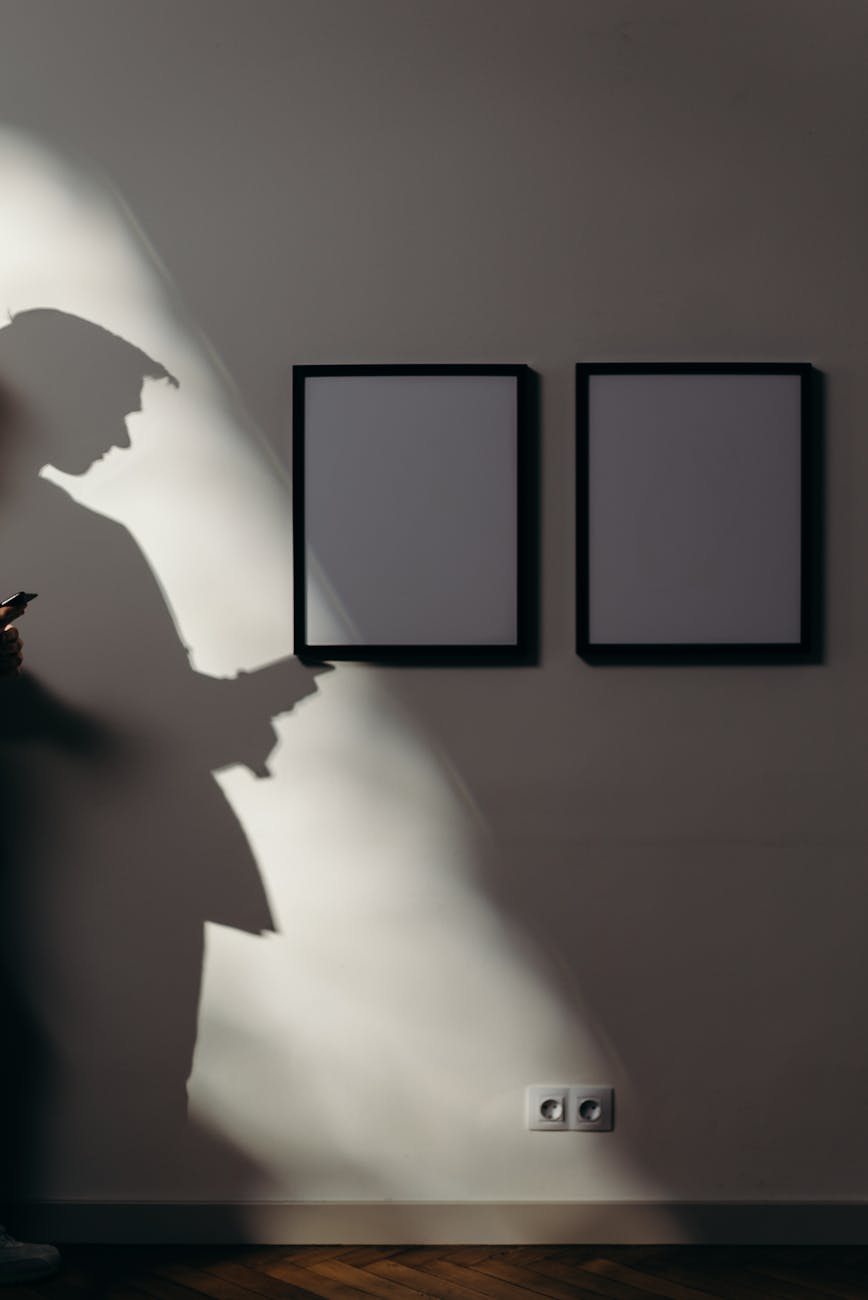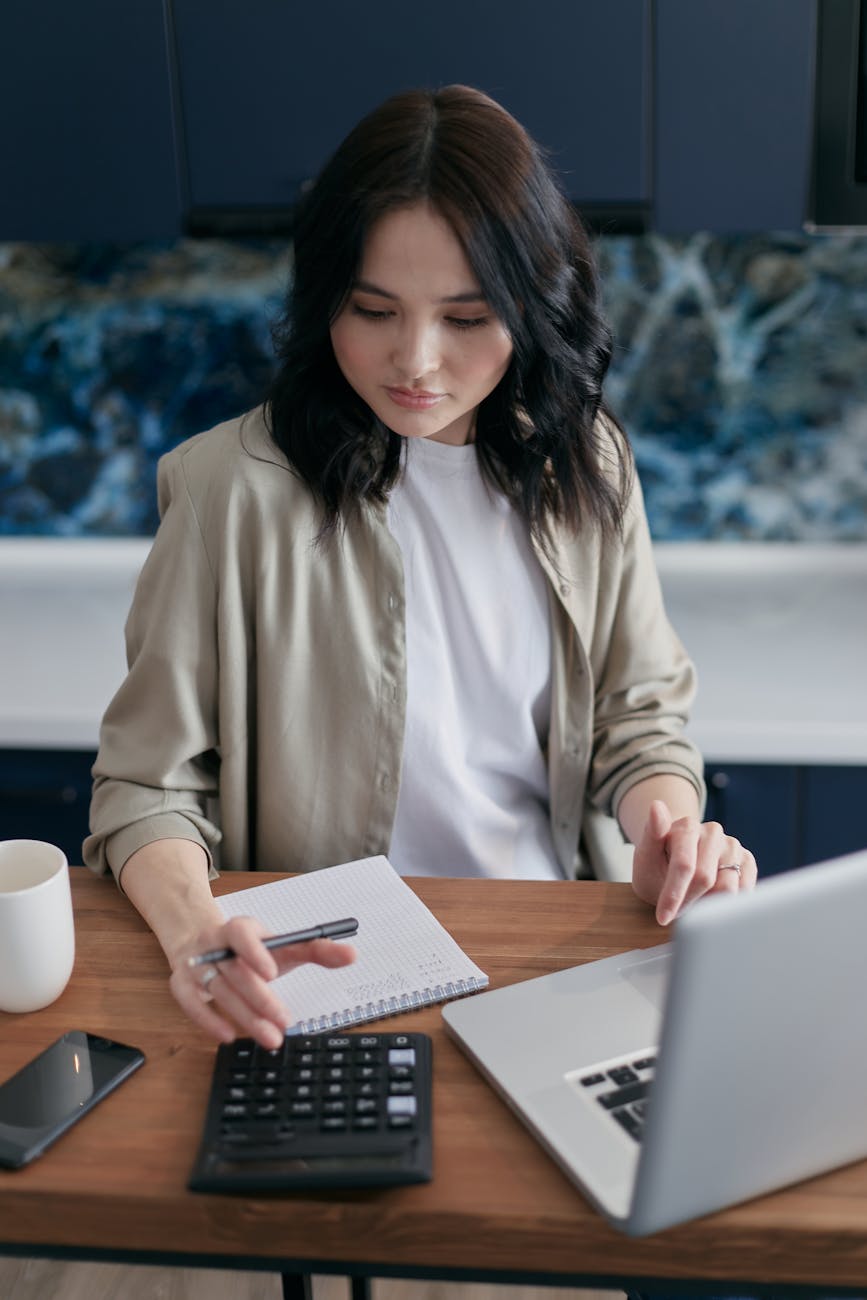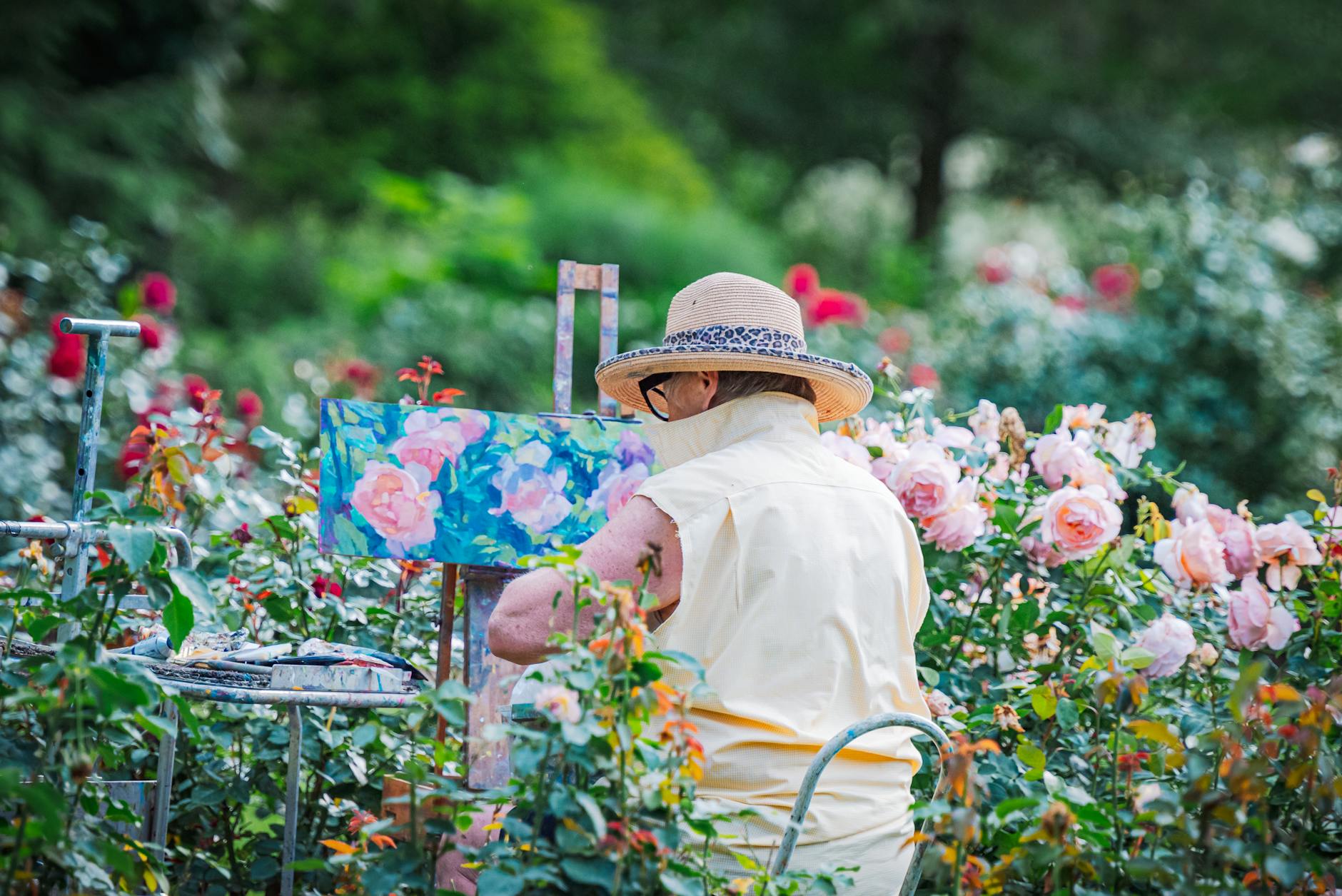
Creative hobbies to boost relaxation and productivity during free time
Introduction
In a world that prizes speed and constant output, intentionally chosen creative hobbies can be the missing link between feeling rested and staying productive. This article explores practical ways creative pursuits can reduce stress, recharge mental resources, and sharpen focus so your free time becomes both restorative and useful. You will learn why creativity so effectively balances relaxation and cognitive performance, which hobbies offer the best return on time invested, and how to weave them into daily routines without adding pressure. The goal is to help you pick activities that foster calm, build transferable skills, and create momentum for productivity in work and life. Read on for actionable strategies and examples you can start applying this week.
Why creative hobbies reduce stress and enhance focus
Creative activity engages different neural networks than routine tasks, offering a break from rumination while keeping the mind gently challenged. When you draw, play music, or garden, your brain shifts into flow states that lower cortisol and increase dopamine—biological conditions linked to relaxation and motivation. Practically, this translates into clearer thinking and improved capacity to tackle complex tasks after a creative session.
Beyond physiology, creative hobbies provide emotional regulation. They create a safe space for experimentation and small wins, strengthening self-efficacy. That matters for productivity because confidence reduces procrastination and increases willingness to begin difficult work. Finally, many creative hobbies teach planning, pattern recognition, and fine motor skills, all of which transfer to better task management and problem solving.
Creative hobbies that give the best balance of relaxation and productivity
Not all hobbies are equal for both relaxation and productivity. Below are categories with specific examples and why they work.
- Low-effort mindfulness arts — activities like sketching, hand-lettering, and coloring. They induce calm, are easy to start, and improve attention to detail.
- Skill-building crafts — knitting, woodworking, pottery. These teach sequential planning and persistence; tangible outcomes boost satisfaction and momentum.
- Creative expression — journaling, songwriting, photography. These process emotions, improve narrative thinking, and sharpen communication skills useful at work.
- Practical creative projects — cooking, gardening, DIY repairs. They directly reduce household friction and develop project management capabilities.
- Digital creativity — hobbyist coding, digital illustration, podcasting. They combine creative problem solving with technical skills that can enhance career opportunities.
Each category supports relaxation differently: some calm through repetition, others through novelty or progress. Choose activities that fit your energy levels and desired outcomes—calm, skill growth, or both.
How to pick the right hobby and integrate it into free time
Selecting and maintaining a hobby requires a simple process: align interests, time, and measurable outcomes. Start by asking three questions: What energy level do I want after the session? Do I want a tangible outcome or an experience? How much time and money can I commit? Use micro-sessions of 15 to 30 minutes to lower activation energy. Habit stacking works well: attach your hobby to an existing routine, like sketching for 20 minutes after morning coffee.
Make a small experiment plan: try one hobby for two weeks with defined mini-goals (for example, complete three recipes, make a 30-second music clip, or finish five small sketches). Track how each session affects your mood and next-task performance. If a hobby relaxes but drains energy, shorten sessions or switch to a gentler variant. If it energizes but feels stressful, reduce goal intensity.
Maximizing benefits: measuring progress and connecting creativity to productivity
Creative hobbies become most valuable when you deliberately connect them to broader productivity goals. Use these methods:
- Set process goals — focus on consistency (sessions per week) rather than perfection.
- Keep a simple log — note session length, mood before and after, and one takeaway. Over time, you’ll see patterns that help optimize timing and type of activity.
- Apply transferable skills — list the top three skills a hobby builds (for example, patience, sequencing, observation) and consciously apply them to a work task that day.
- Use social accountability — join a small group class or online forum to stay motivated and receive feedback without pressure.
- Rotate seasonally — pick hobbies that fit your life rhythm: indoor crafts in winter, gardening and photography in warmer months.
Below is a quick comparison table to help you evaluate hobbies at a glance.
| Hobby | Time per session | Relaxation (1-5) | Productivity boost (1-5) | Materials / cost |
|---|---|---|---|---|
| Sketching / doodling | 15–45 minutes | 4 | 3 | Notebook, pencils — low |
| Knitting / crocheting | 20–60 minutes | 5 | 3 | Yarn and needles — low to medium |
| Cooking new recipes | 30–90 minutes | 4 | 4 | Ingredients, utensils — medium |
| Gardening | 20–60 minutes | 5 | 3 | Seeds, tools — low to medium |
| Photography (phone) | 15–60 minutes | 3 | 4 | Phone or camera — low to high |
| Journaling | 10–30 minutes | 5 | 3 | Notebook — low |
| Woodworking / DIY | 60–180 minutes | 3 | 5 | Tools, materials — medium to high |
| Hobbyist coding | 20–90 minutes | 3 | 5 | Computer — low |
Conclusion
Creative hobbies are more than pleasant pastimes; they are practical tools for balancing relaxation with enhanced productivity. By understanding the unique benefits—stress reduction, improved focus, transferable skills—you can pick hobbies that fit your energy, schedule, and goals. Start small: test one hobby for two weeks with micro-sessions, measure mood and output, and adjust. Use habit stacking and simple logs to make the practice sustainable, and rotate activities to match seasons or workloads. Over time, creative pursuits create a feedback loop: relaxation fuels clarity, which improves work performance, which increases satisfaction and frees time for more creativity. Choose an activity, commit to tiny steps, and let creative leisure compound into better well-being and productivity.
Image by: Chris F
https://www.pexels.com/@chris-f-38966
